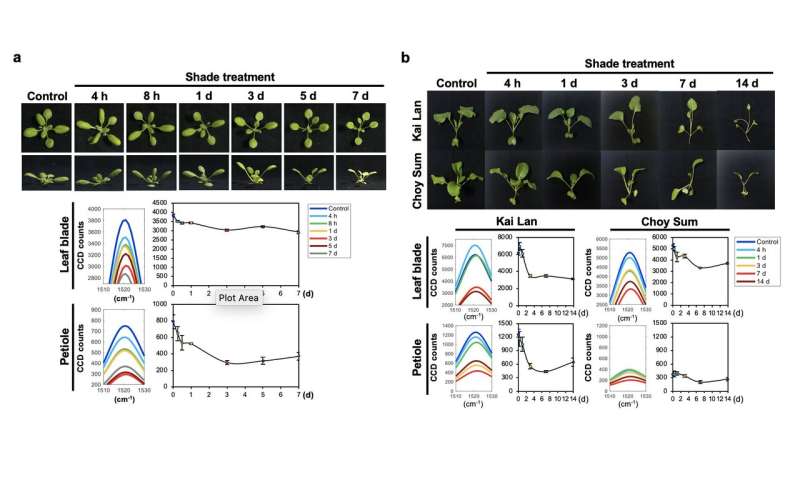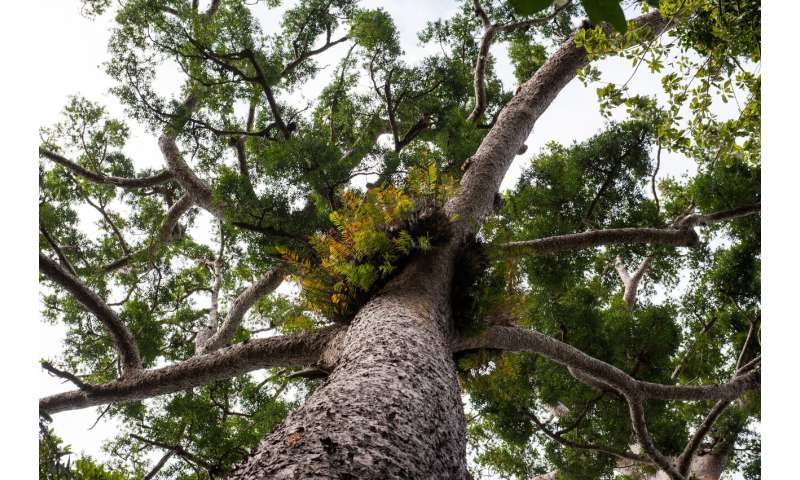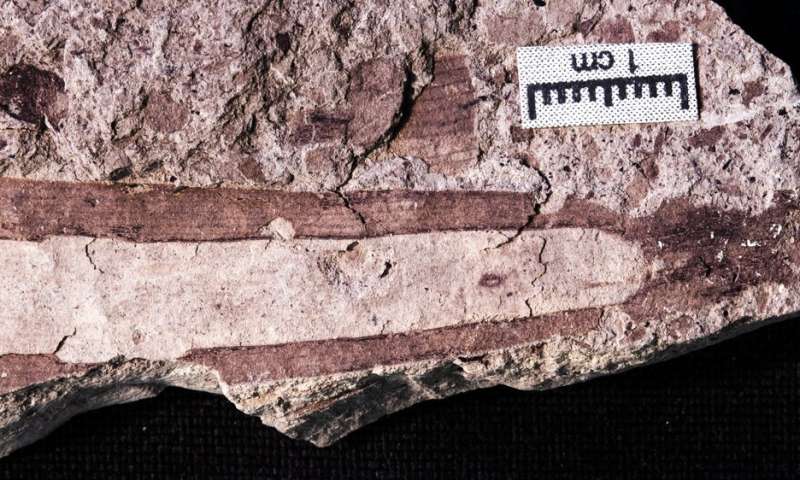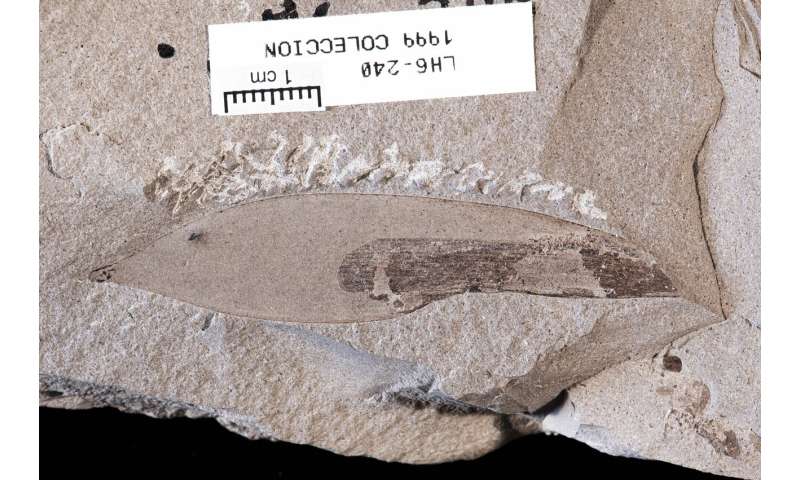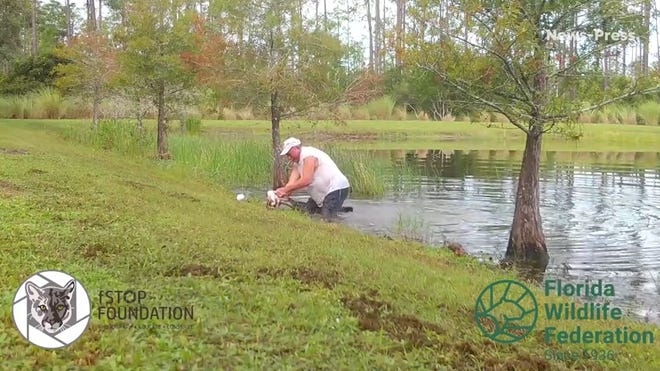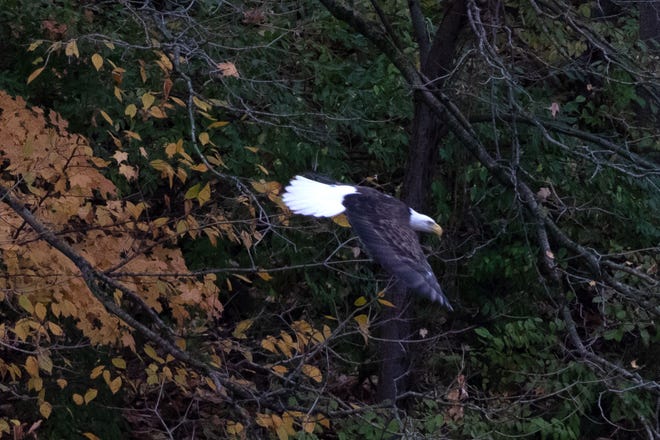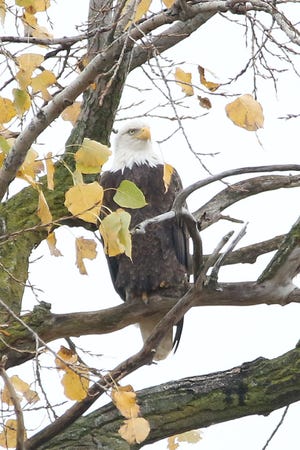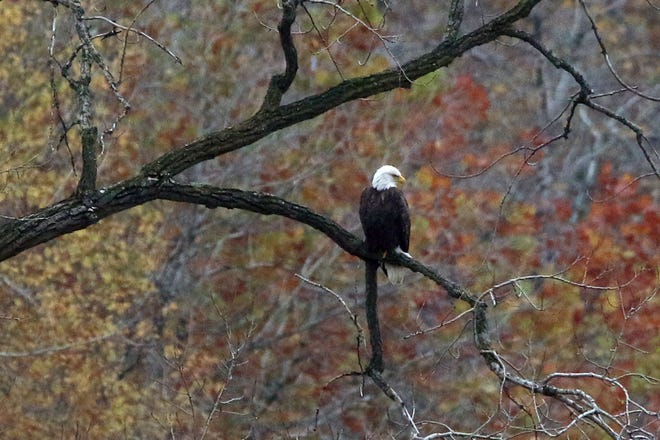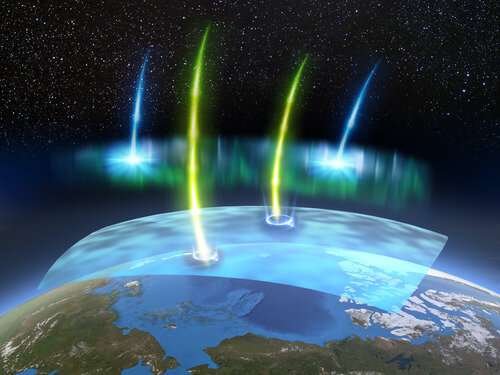Here’s what that means beyond the 2020 elections
By Fernando Tormos-Aponte, Scott Frickel, John Parker on November 25, 2020
BEHAVIOR & SOCIETY | OPINION

For many, the 2016 presidential election represented an existential threat to science and jolted large segments of the research workforce into street protest mode. More recently, the COVID-19 pandemic has thrust scientists into global prominence, while the Black Lives Matter uprising has forced a reckoning with science’s problematic past and present. In many ways, science itself was on the ballot this Election Day. Prominent scientific journals endorsed Democratic presidential candidate Joe Biden, scientific societies issued statements in the wake of the George Floyd killing, and thousands of scientists went on strike in solidarity with Black Lives Matter.
With scientists and scientific organizations now more politically engaged than at any time since the Vietnam War, we sought to understand the scope and focus of their political engagement. Before the November 3 elections, we surveyed more than 1,500 researchers belonging to the Union of Concerned Scientists Science Network (UCSSN)—a multidisciplinary network of more than 19,000 politically engaged scientists, medical doctors, and engineers. What we learned may have important implications beyond the current electoral season. Scientists are becoming an important mobilizing force at a time that urgently calls for their political involvement.
SCIENTISTS ARE PART OF THE BLUE WAVE
UCSSN scientists vote. Of those we surveyed, nearly everyone who was eligible to vote cast ballots in the 2016 presidential election (93 percent) and the 2018 midterms (92 percent). For comparison, just 53 percent of the voting-age population in the United States voted in the last midterm election, itself a historic high.
And they are consensus Democratic voters. Eighty-nine percent of survey respondents voted for Hillary Clinton in 2016; only 1 percent voted for Trump.
Not surprisingly, their view of the president has not improved with time. UCSSN scientists rate the administration’s handling of the COVID-19 pandemic very poorly, take issue with the way the administration uses science to handle the pandemic, and identify White House attacks on science generally as a serious social threat. To be sure, our respondents are highly politically mobilized and skew left ideologically; in comparison, the scientific community is more ideologically diverse, and traditionally avoids political advocacy. Nevertheless, our results suggest that a scientific blue wave was likely a factor in the election.
To be clear, scientists represent just under 5 percent of the U.S. workforce and tend to concentrate in coastal cities and regions that are already overwhelmingly blue. In this respect, scientists do not represent the kind of strategic voting bloc we find in labor, evangelical, or Latinx voters.
Yet scientists have significant emotional grievances against the Trump administration. Scientists have been disrespected, their work stifled, their data hidden or destroyed, and consensus around basic scientific ideas challenged. These grievances fueled their involvement in electoral politics, organizing, and advocacy, among other forms of political engagement.
ACTIVISM BEYOND THE BALLOT BOX
Voting is just the tip of the iceberg for UCSSN scientists, who tell us they are actively engaged in a range of political activities related to national politics. Nine out of 10 respondents engaged in at least one form of political activity in the past twelve months. Even more striking, 99 percent report engaging at least two types of science-related activism, and 83 percent report engaging in at least four. These scientists are also much more likely to have engaged in protest activities during the past 12 months than the average U.S. voter. What have they been doing?
Most UCSSN scientists have contacted an elected official (84 percent) and would like more guidance on how to engage with them, the general public and their communities. Elected officials can expect to get calls, e-mails, petitions and letters from scientists. Respondents also reported being very active on social media and protesting in the streets. Half of UCSSN respondents attended one or more demonstrations – nearly four times the national average (14 percent). Most signed a petition (94 percent) and donated to a non-profit organization (79 percent). Some have even started new organizations (7 percent).
Engaged in multiple types of political action, these scientists are far more committed to engaging politically than the average U.S. voter. These findings run counter to the perception of scientists as being “above” politics. And although this is a small population, as a group, scientists are exceptionally well connected to various kinds of organizations, including universities, think tanks, civil society groups, social movement organizations and—not least—scientific societies. Even self-described “non-political” scientific societies are mobilizing their members. Three fourths of scientists in our survey report receiving support from their employers for science-related advocacy. Less than 10 percent reported that their careers were affected negatively as a result of engaging in science advocacy, a finding that flies in the face of common wisdom suggesting that advocacy risks career suicide.
MOBILIZING SCIENTISTS BEYOND 2020
ADVERTISEMENT
The unprecedented high-profile endorsements of Joe Biden from prestigious academic journals signaled to rank-and-file scientists that political advocacy is no longer anathema to scientific research, but should be embraced as a central aspect of science’s social mission. An ongoing chorus of calls to defend science in the context of climate change, attacks on health care, and environmental justice, among other pressing issues only reinforce and legitimate this message.
Beyond the election, scientists and their organizations should focus on building mobilization capacity among the various the groups that they are connected to. These include scientists’ own professional communities, as well as students and staff on college campuses, members of the science and engineering workforce, and the more than 24 million workers employed in education and health services.
The Trump administration’s sidelining of science drove scientists to the streets. The real work of organizing the political capital of scientists will continue. Now that the yard signs are coming down, we must be prepared to engage with what remains and advance the political struggle in defense of science.
ABOUT THE AUTHOR(S)
Fernando Tormos-Aponte
Fernando Tormos-Aponte is an assistant professor of public policy and political science at the University of Maryland Baltimore County, a Kendall Fellow at the Union of Concerned Scientists, and a visiting sscholar at the Johns Hopkins University Department of Political Science. His research focuses on how social movements cope with internal divisions and gain political influence.
Recent Articles
On Racial Justice, Statements Are Not Enough
Scott Frickel
Scott Frickel is professor of sociology and Environment & Society at Brown University and Community Engagement Core Leader for the Brown Superfund Research Program. He is an author of six books, mostly recently with James R. Elliott, Sites Unseen: Uncovering Hidden Hazards in American Cities (Russell Sage Foundation and ASA Rose Series in Sociology, 2018).
John Parker
John N. Parker is an associate professor of sociology at the University of Oslo. He is an expert in the sociology of science, creativity, and emotions. His work has been published in journals such as American Sociological Review, Social Psychology Quarterly and Social Studies of Science.





